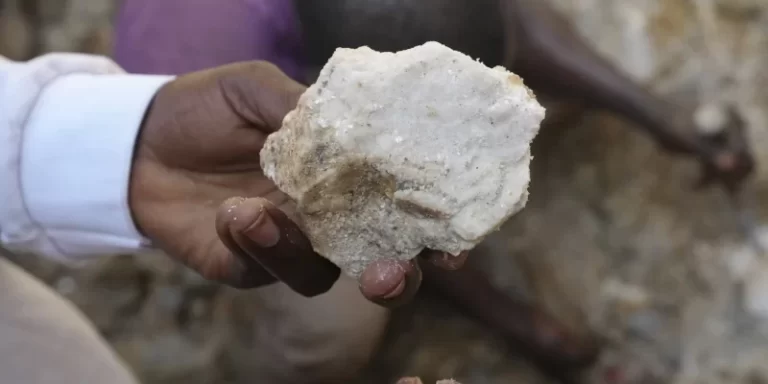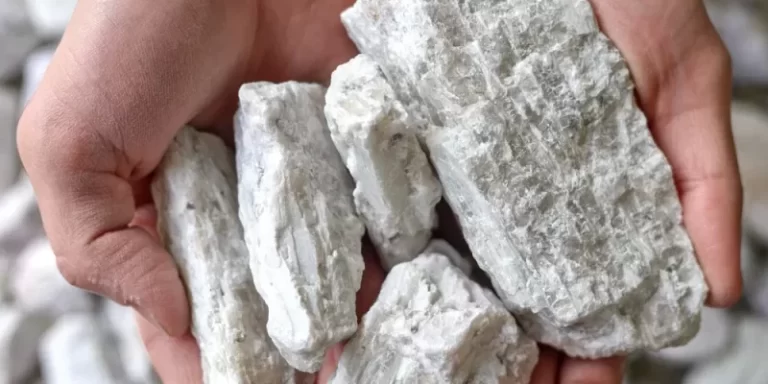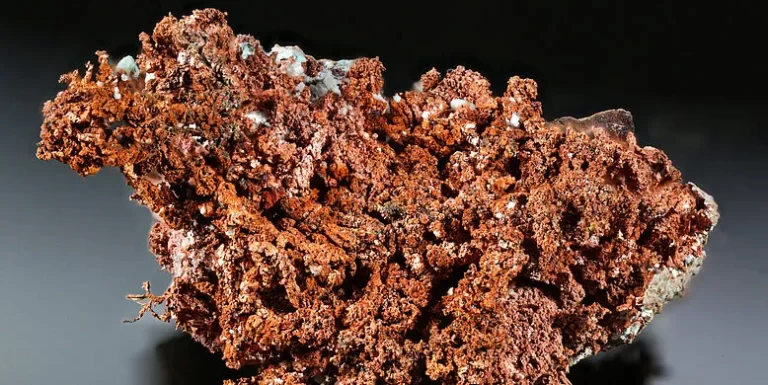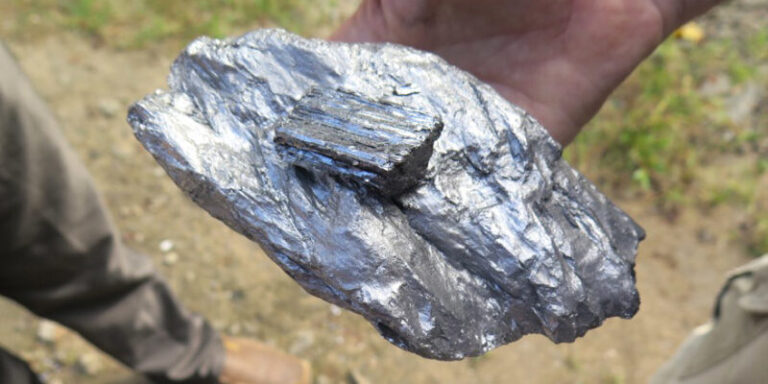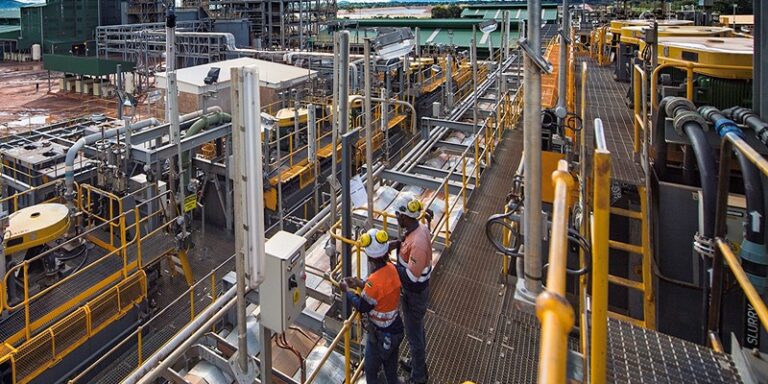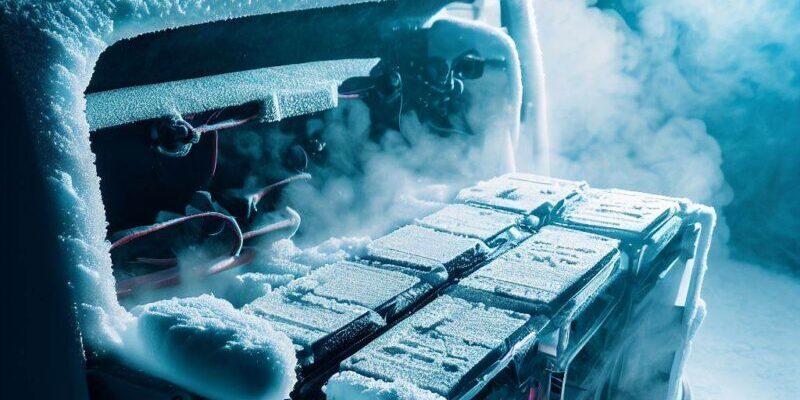
Many owners of electric vehicles (EVs) worry about how their battery will perform in very cold weather. However, a new battery chemistry may have solved that problem.
In current Li-ion batteries, the main problem lies in the liquid electrolyte. This key battery component transfers charge-carrying particles — ions — between the battery’s two electrodes, causing the battery to charge and discharge. But the liquid begins to freeze at sub-zero temperatures.
This condition, of course, severely limits the effectiveness of charging electric vehicles in cold regions and seasons.
To address this issue, a team from the U.S. Department of Energy’s (DOE) Argonne and Lawrence Berkeley national laboratories developed a fluorine-containing electrolyte that performs well — even when the temperature drops below zero.
“Our team not only found an antifreeze electrolyte whose charging performance does not decline at -4 °F, but we also discovered, at the atomic level, what makes it so effective,” said Argonne group leader Zhengcheng “John” Zhang.
This new electrolyte shows promise of working for batteries in EVs as well as in energy storage for electric grids and consumer electronics.
In today’s lithium-ion batteries, the electrolyte is a mixture of lithium hexafluorophosphate and carbonate solvents, such as ethylene carbonate.
The solvents dissolve the salt to form a liquid. When a battery is charged, the liquid electrolyte shuttles Li-ions from the cathode to the anode.
These ions migrate out of the cathode, then pass through the electrolyte on the way into the anode. While being transported through the electrolyte, they sit at the center of clusters of four or five solvent molecules.
During the initial few charges, these clusters strike the anode surface and form a protective layer called the solid-electrolyte interphase.
Once formed, this layer acts like a filter. It allows only the Li-ions to pass through the layer while blocking the solvent molecules.
In this way, the anode is able to store lithium atoms in the structure of the graphite on charge. Upon discharge, electrochemical reactions release electrons from the lithium that generate electricity that can power vehicles.
The problem is that in cold temperatures the electrolyte with carbonate solvents begins to freeze. As a result, it loses the ability to transport Li-ions into the anode on charge.
This is because the Li-ions are so tightly bound within the solvent clusters. Hence, these ions require much higher energy to evacuate their clusters and penetrate the interface layer than at room temperature. For that reason, scientists have been searching for a better solvent.
The team investigated several fluorine-containing solvents. They were able to identify the composition that had the lowest energy barrier for releasing Li-ions from the clusters at sub-zero temperatures.
They also determined at the atomic scale why that particular composition worked so well: It depended on the position of the fluorine atoms within each solvent molecule, and their number.
In lab tests, the team’s fluorinated electrolyte retained stable energy storage capacity for 400 charge-discharge cycles at -4 °F.
Even at that sub-zero temperature, the capacity was equivalent to that of a cell with a conventional carbonate-based electrolyte at room temperature.
“Our research thus demonstrated how to tailor the atomic structure of electrolyte solvents to design new electrolytes for sub-zero temperatures,” Zhang said.
The antifreeze electrolyte has a bonus property: It will not catch fire.
“We are patenting our low-temperature and safer electrolyte and are now searching for an industrial partner to adapt it to one of their designs for Li-ion batteries,” Zhang said.


